I’m so excited about this post, I’ve really enjoyed making and testing these loaves…I hope you like it too!
Every bread in this post has been made using my master recipe to create enriched doughs and loaves…they’re beautiful and shiny and they smell amazing; the texture of the bread is light, soft, not too rich, not too sweet, and with a hint of our joyful sourdough flavour…I’ve played with flours and shapes and pans, and have had great fun creating my ‘enriched master recipe sourdough’…
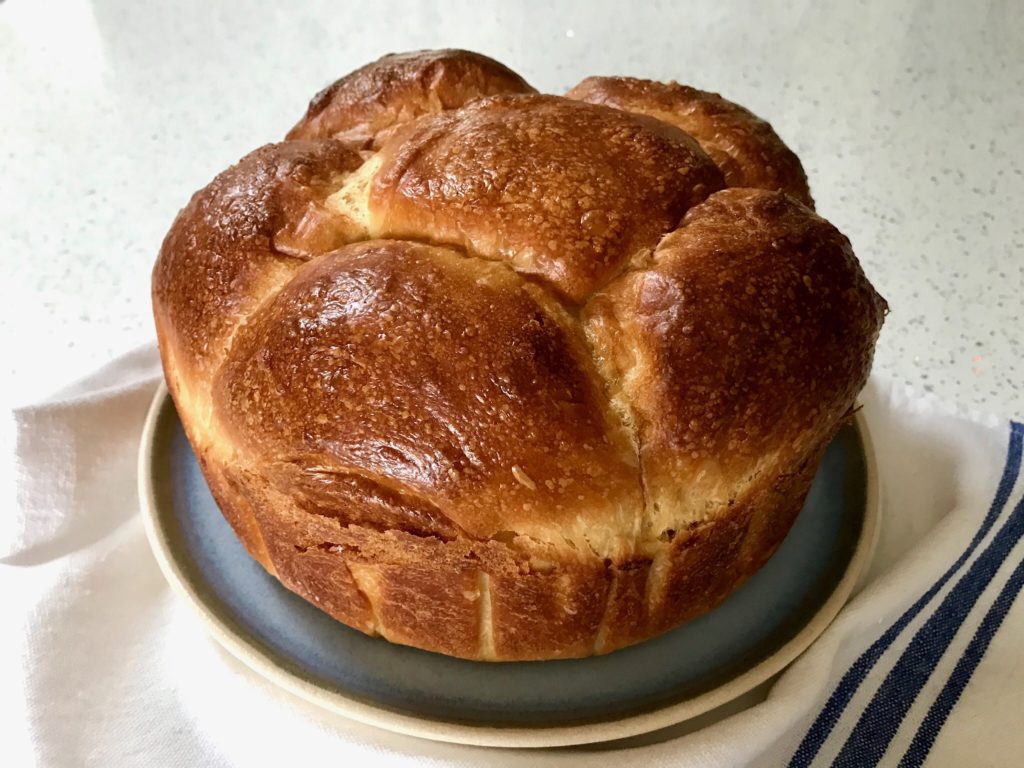
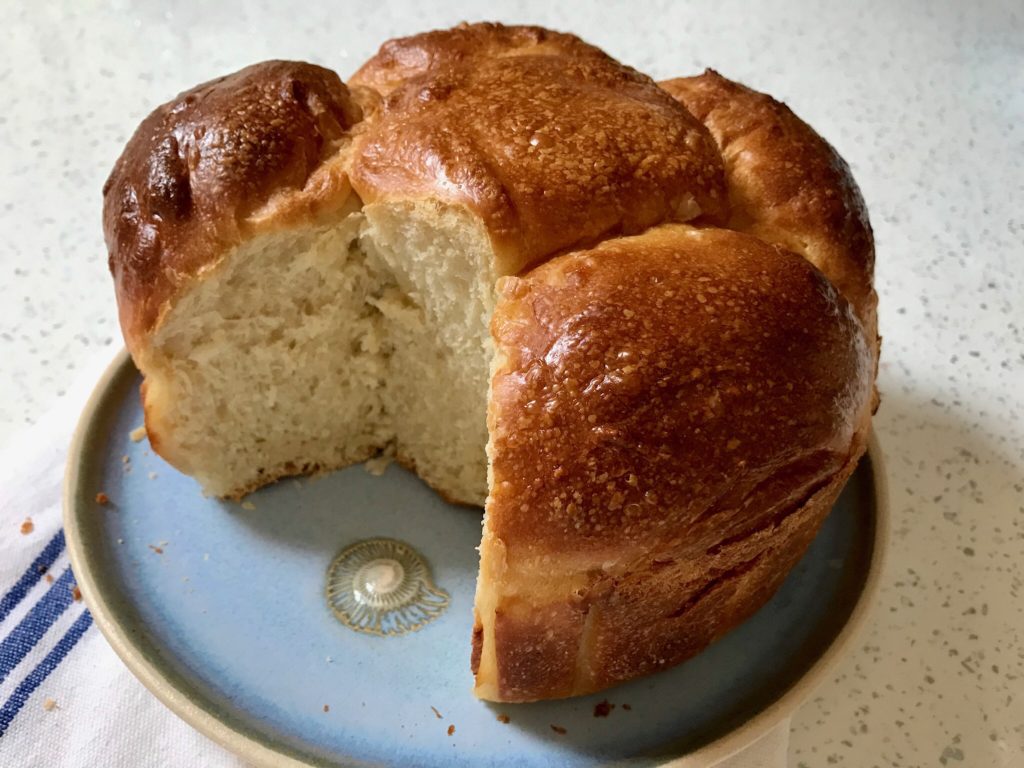
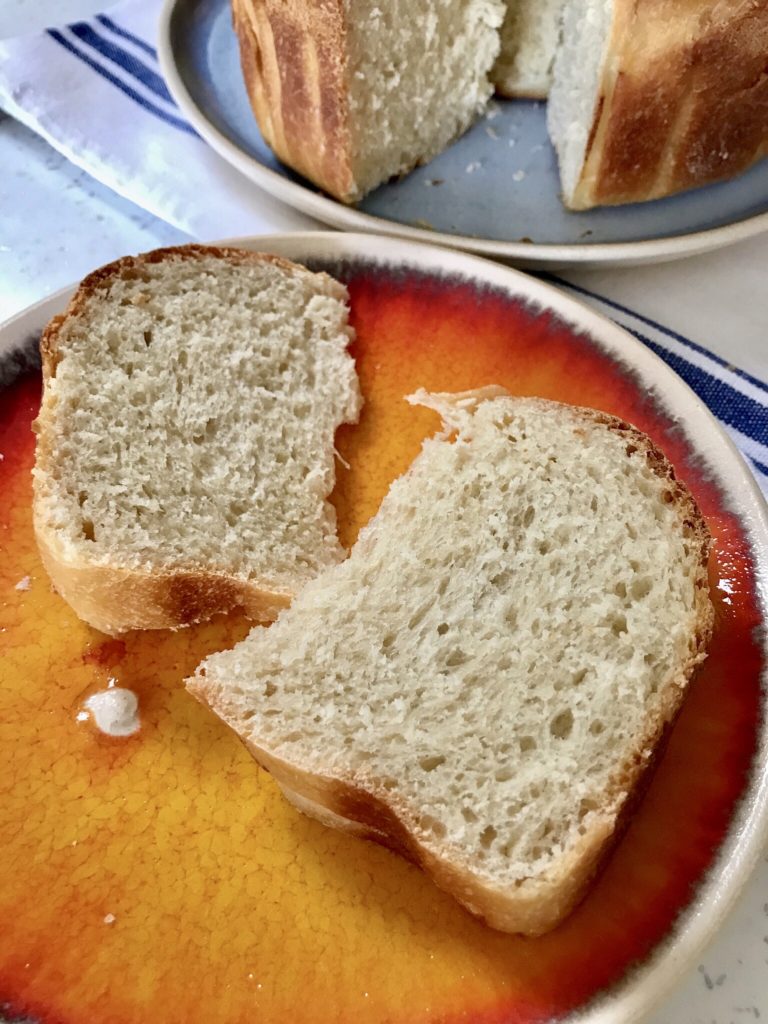
The doughs are all enriched with eggs, milk, butter and honey. This is a very very tasty sourdough creation! Its great eaten on it’s own, as well as with your choice of toppings, and smells amazing all over again when toasted. And no mixer required, even better!
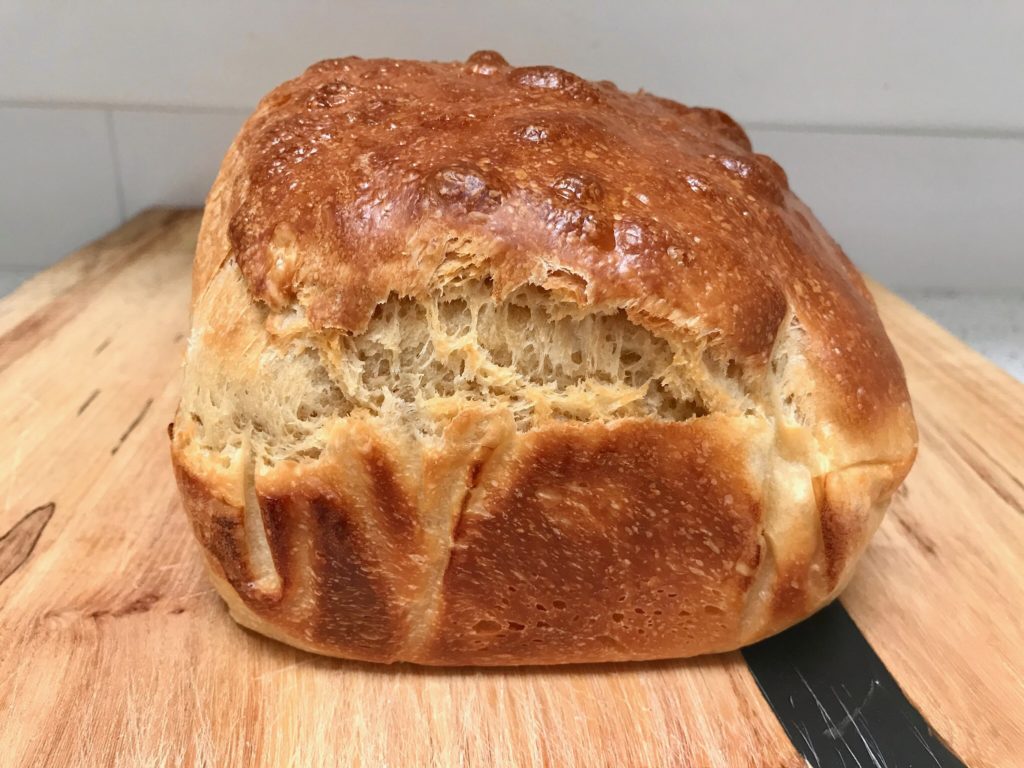
I have tested this several times recently and it worked perfectly with just strong white bread flour, a mix of SWBF and white spelt flour, and with 100% white spelt flour. Each version has been a success, the white spelt flour adding a silkiness to the dough that’s lovely to work with, as well as a lightness to the crumb.
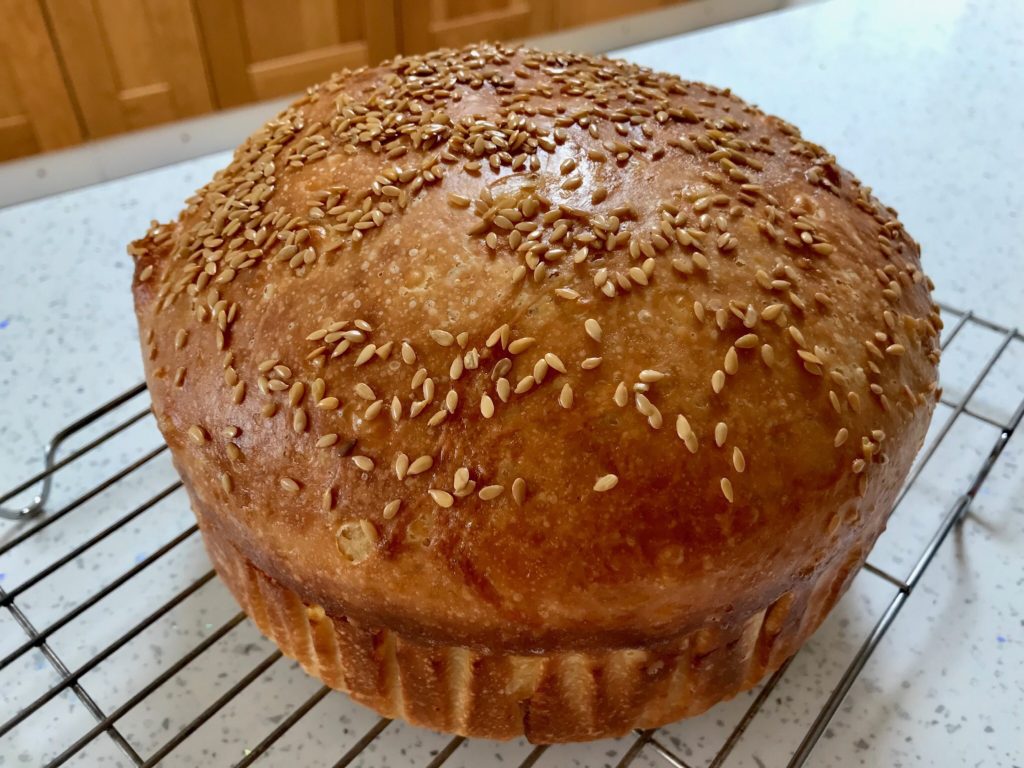
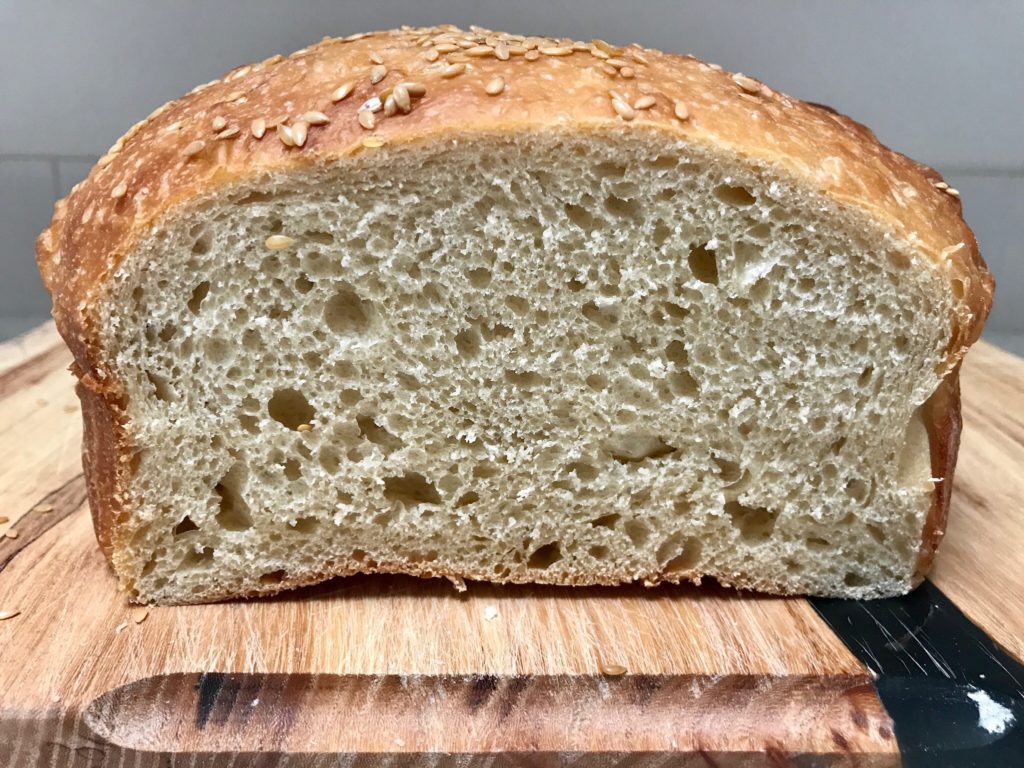
NOTES:
🌟 The added dairy products do not go bad during the overnight prove, the dough is protected by the starter.
🌟 The butter only needs to be softened, not fully melted. If you do melt it, ensure it is cool before mixing with the rest of the ingredients.
🌟 The softened butter does not need to be fully mixed through the dough initially, it will soften more and become fully incorporated as your work with the dough.
🌟 This is a heavy slow dough, allow it time to grow fully.
🌟 It’s also a dough that requires very little shaping.
🌟 It keeps well for a week if wrapped well.
🌟 I don’t like things very sweet; for us, chief taster included, the 50g honey in the recipe was perfect. If you prefer things sweeter, replace it with sugar, quantity of your choice.
🌟 I have made two slightly different versions of this, one a little richer than the other, and I like both. You can tone things down, or up, as you choose.
🌟 You can choose your own version, using the flour/s of your choice, and all or just one to two of the added ingredients. It works whichever options you choose.
🌟 For dietary alternatives, use no eggs or egg replacements/non dairy milk/no butter or a dairy free option.
🌟 I made the round loaf in my 20cm diameter enamel roaster (above) and the rectangular loaf in a large loaf tin (27cm x 17cm/10.5” x 6.5”). You can use a standard 2 lb loaf tin too.
🌟🌟🌟 My master recipe strikes again! 🌟🌟🌟
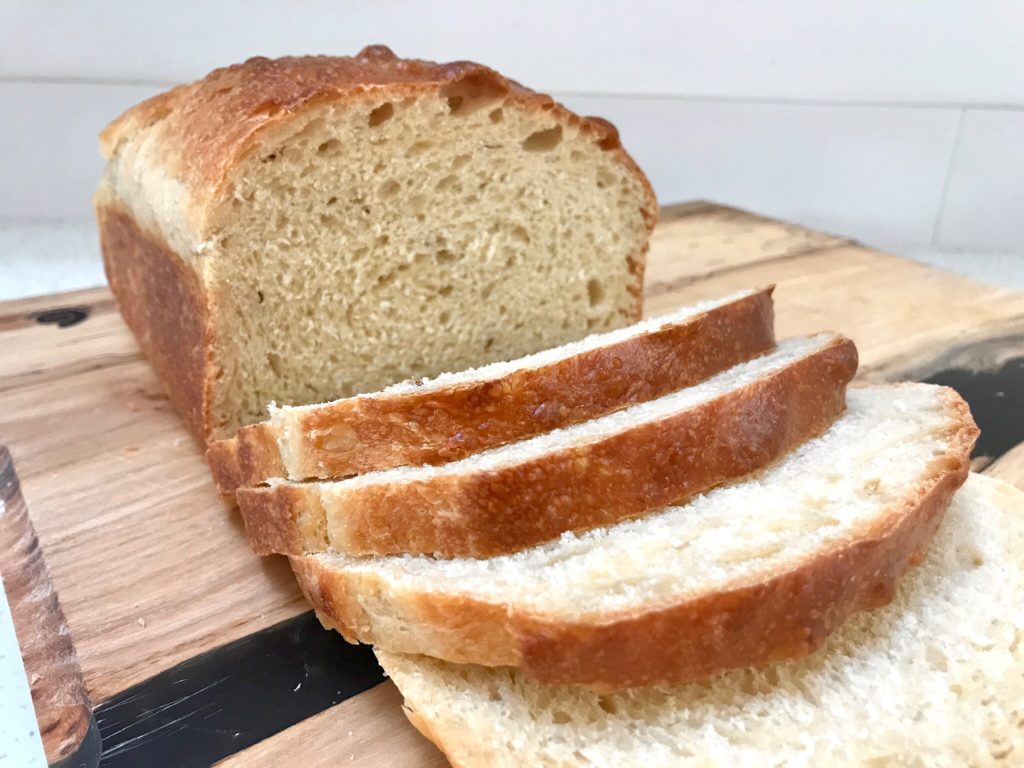
Ingredients
50g active starter
1 whole egg + 1 egg yolk (save the white) + milk to make up a total of 350g (I use semi skimmed/half fat milk)
75g softened butter
50g runny honey
500g strong white bread flour OR 250g SWBF + 250g white spelt flour OR 500g white spelt flour
1 teaspoon of salt, or to taste
Alternative slightly lighter option:
50g active starter
1 whole egg + milk to make up a total of 350g
50g softened butter
50g runny honey
500g strong white bread flour OR 250g SWBF + 250g white spelt flour OR 500g white spelt flour
1 teaspoon of salt, or to taste
As per my master recipe (for full step by step directions click on the link to the left):
Feed your starter as normal to generate the 50g needed for the recipe.
Begin mixing the dough in the evening.
Roughly mix all of the ingredients: it will be very sticky.
After an hour, perform the first set of pulls and folds on the dough. Lifting and pulling the dough across the bowl until it starts to come into a soft ball then stop. Cover the bowl again and leave it to sit.
During this first set of pulls and folds the dough will still be sticky but keep working with it.
After an hour, perform the second set.
During this set of pulls and folds, the dough will start to become smooth and silky (esp if it’s 100% white spelt flour) and will take less actions to pull it into a ball. Cover and leave to sit.
Over the next hour or so, perform the third, and fourth set if you do one, the dough should be nice to handle now. Each time stop when the dough comes into a loose ball.
Cover and leave to prove on the counter overnight as usual.
Next morning the dough will typically have grown, but not yet doubled, allow it 2-3 more hours if it needs more time.
Line a tin with baking parchment paper or a loaf tin liner.
Pull the dough together, it does not need to be handled much, it doesn’t need to be too tight, this will be a stiff heavy dough, and place it hand side down/smooth side up into your liner.
Cover again and leave to prove on the counter again until the dough is level with the edge of the pan, typically 3-4 hours.
Mix the egg white with a tablespoon of water and brush the top of the dough gently with it.
Bake, uncovered, from a cold start at 160C fan/convection, or 180C non fan/convention oven, for 45 mins, covering if the top becomes too dark.
Remove from the oven, and the tin and allow to cool.
Enjoy!
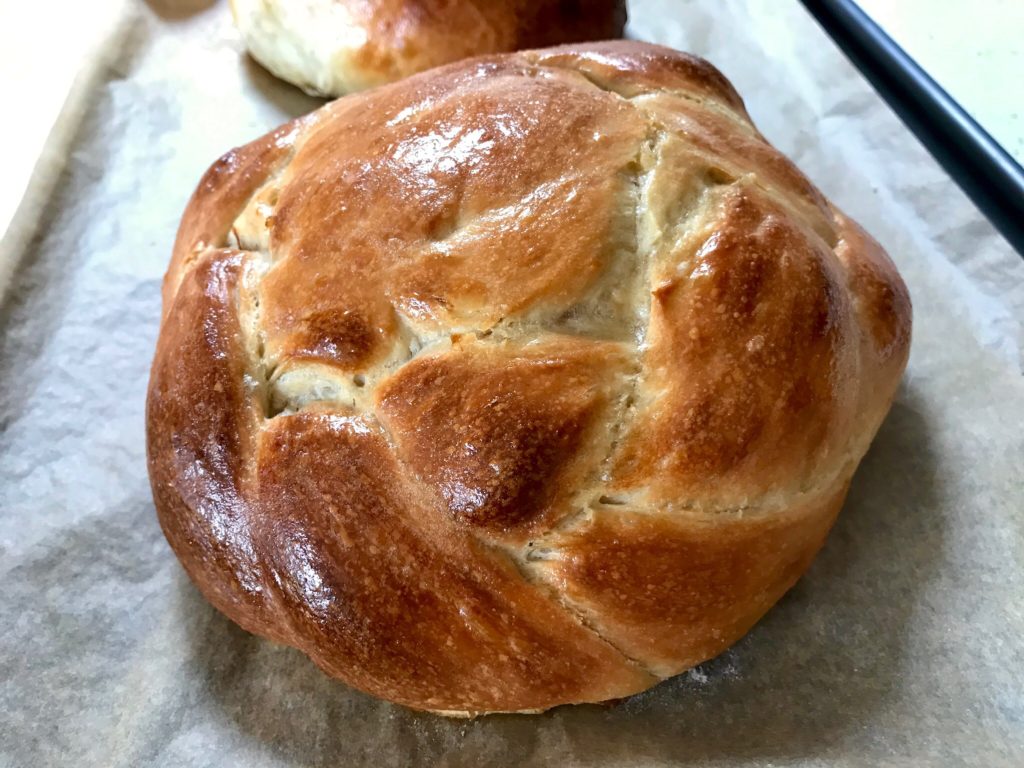
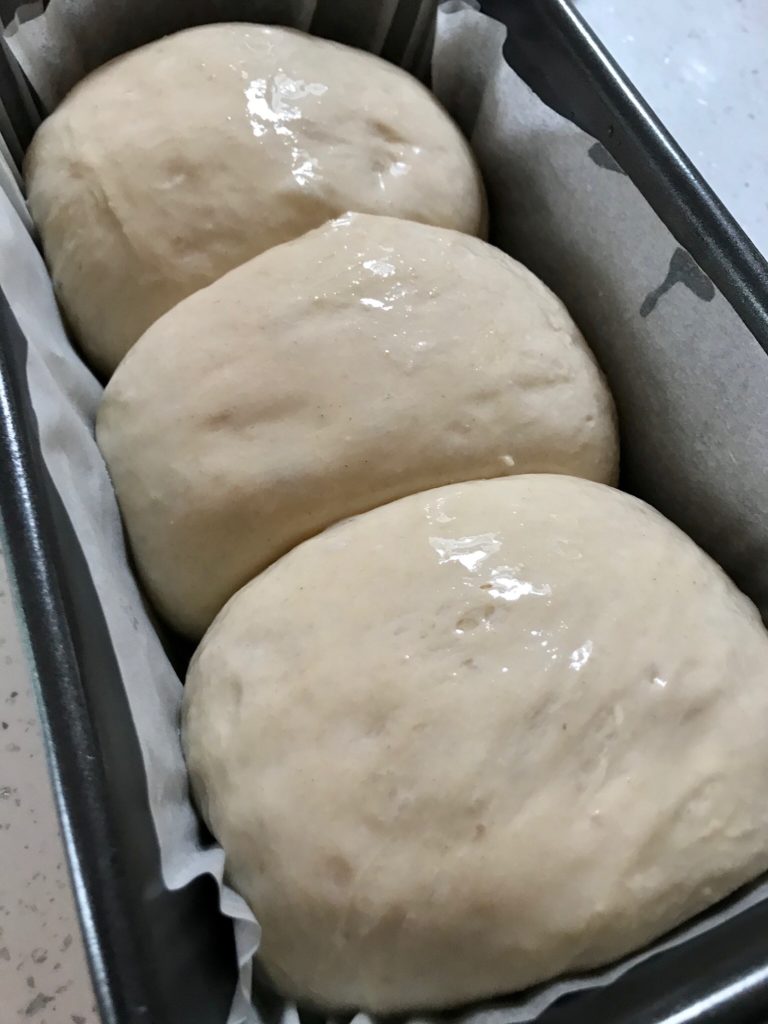
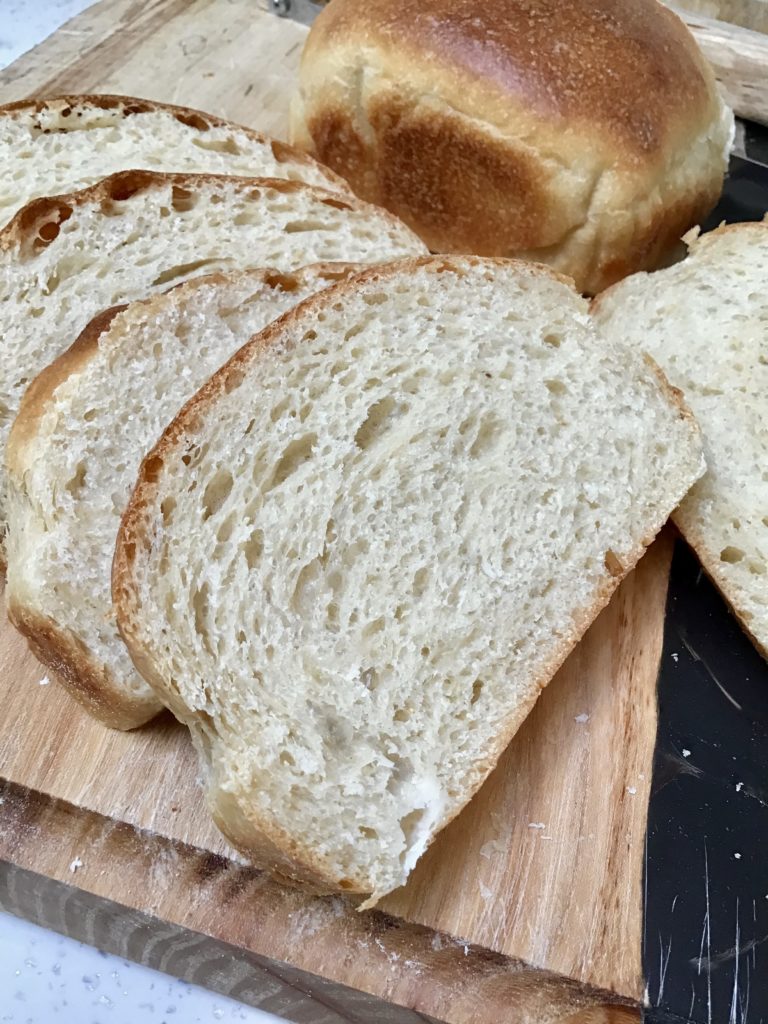
To use the dough to create shaped doughs, refrigerate the dough for 1-2 hours after the overnight prove to firm it up, then turn it out, portion it and shape it as you choose before covering it again and leaving it to prove again for 3-4 hours, then bake as above.
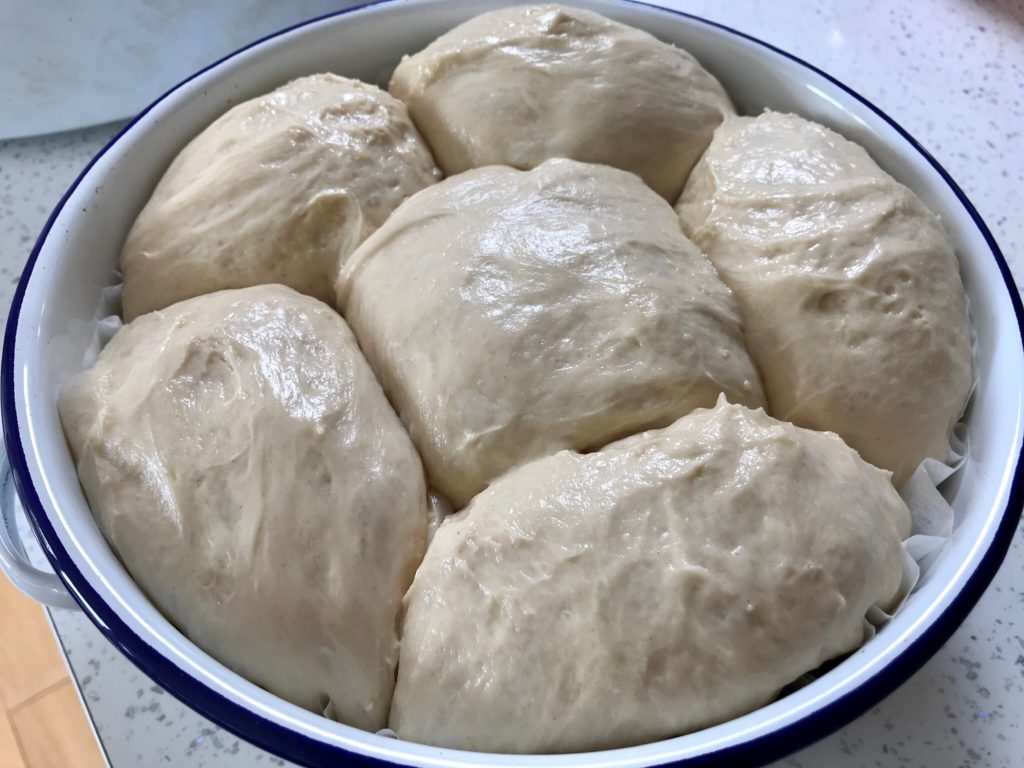
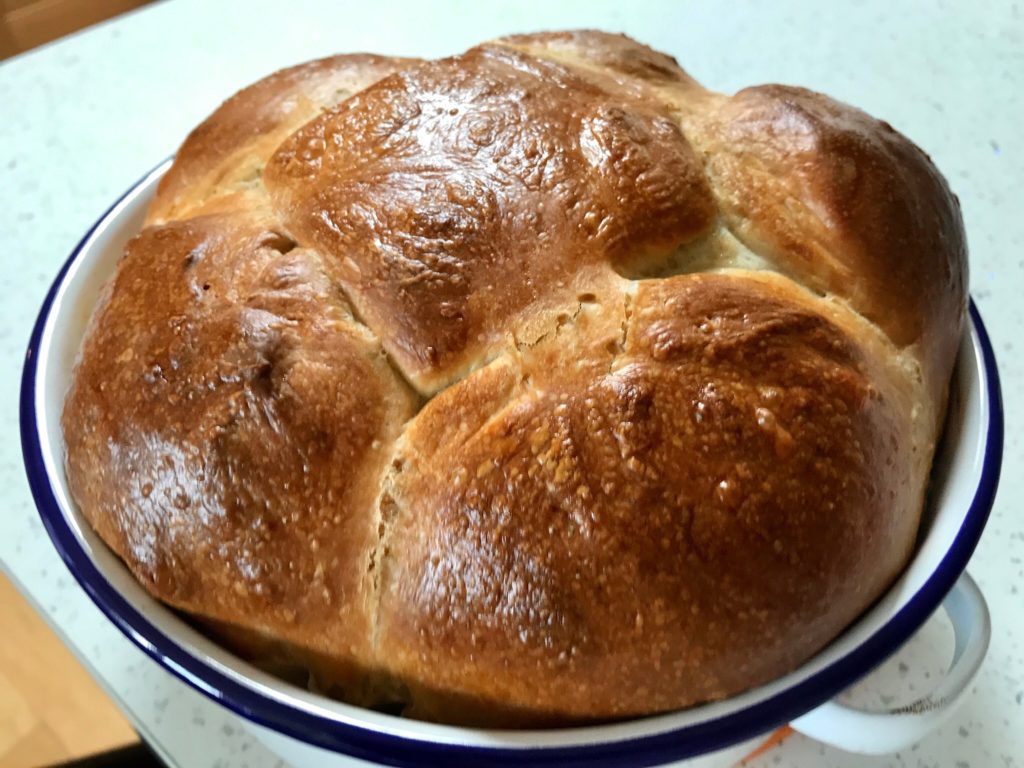
🌟🌟🌟 It really is true, you can use my master recipe as a base for anything you want to create! 🌟🌟🌟
You can now find this recipe in more detail and with new variations in my new book! Happy baking!
